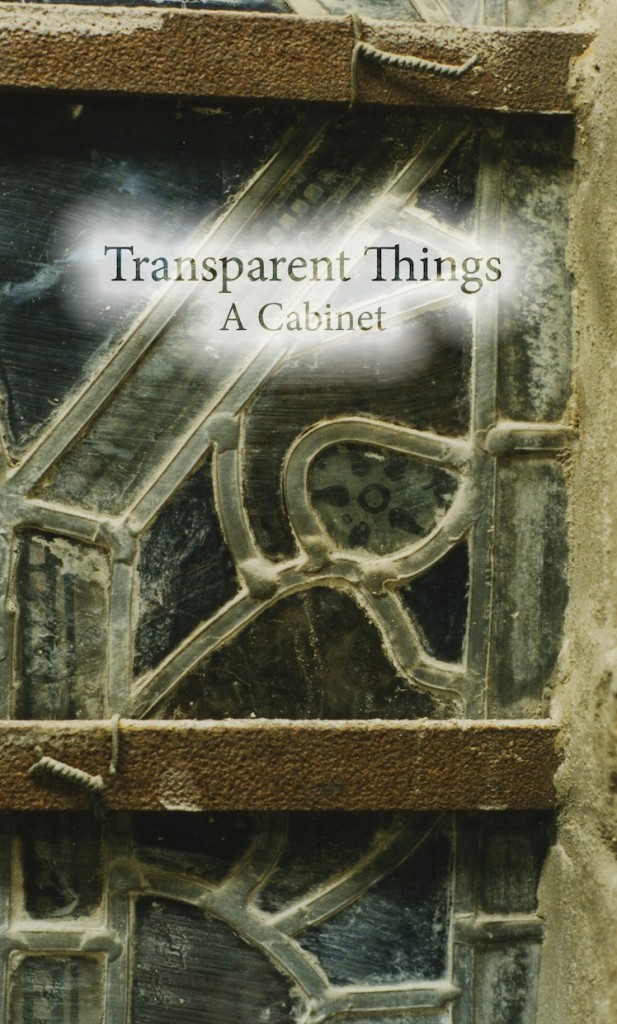Inspired by a passage in Vladmir Nabokov’s Transparent Things (1972), and also compiled as a future love letter to The Material Collective, the essays collected here play with the transparency of pedagogy, scholarship, and writing, as well as with objects that can be seen through, such as crystals and stained glass. As Nabokov wrote,
When we concentrate on a material object, whatever its situation, the very act of attention may lead to our involuntarily sinking into the history of that object. Novices must learn to skim over matter if they want matter to stay at the exact level of the moment. Transparent things, through which the past shines!
For the art and literary historians gathered together in this volume (Angela Bennett Segler, Jennifer Borland, Karen Eileen Overbey, Nancy Thompson, and Maggie M. Williams), all students of medieval material, these tensions between surface and depth, present and past, concentration and skimming are all too familiar. The inherent contradictions of medieval objects, their irreducibility to either the purely intellectual or the merely physical, are at once the delights and the dangers of the art historian’s work. This book thus offers a dialogue on the question of how our encounters with physical things spark a process and how objects might allow unique collisions between the past and the present, the human and the inanimate, the practice of history and lived experience. As works of medieval studies or art history, these essays are incomplete, awkward, and provisional. Some of them may even read like embarrassing teenage poetry. This collection is like that dusty box in the basement: it is full of raw, unedited, transparent expressions of affect, of the sort we have learned to hide.
Table of Contents: Maggie M. Williams and Karen Eileen Overbey — “Introduction: Dear Material Collective”; Karen Eileen Overbey — “Reflections on the Surface, or, Notes for a Tantric Art History”; Jennifer Borland — “Encountering the Inauthentic”; Angela Bennett Segler — “Touched for the Very First Time: Losing My Manuscript Virginity”; Nancy Thompson — “Close Encounters with Luminous Objects”

